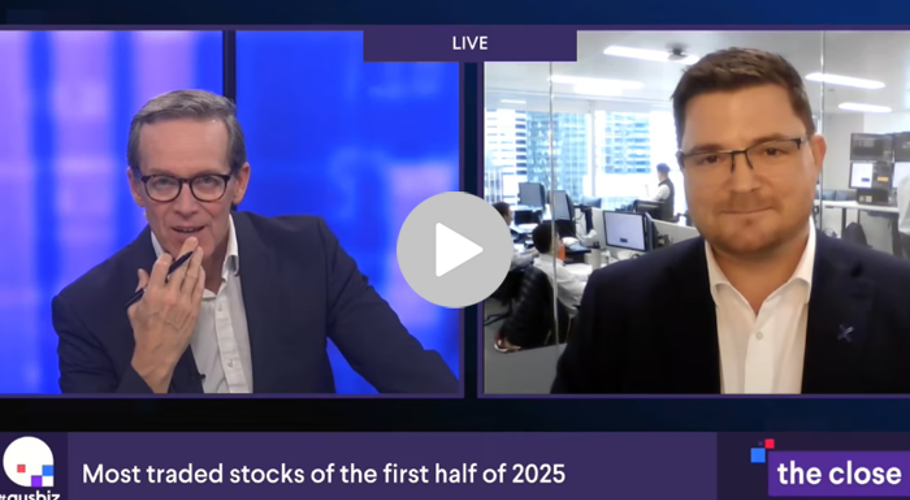The next normal: workplace flexibility in the post-pandemic age
As Australian companies shift their view of work from home as a stop-gap to something more permanent, one expert explains why trust and communication are the key ingredients.
One legacy of the COVID-19 pandemic is that the modern workplace may never be the same. But how should companies go about striking a balance between more effective workforce planning and the needs of employees?
Many Australian companies have successfully instituted work from home (WFH) policies seemingly overnight, despite minimal previous experience or preparation. Human resources expert Natasha Hawker, Director of Employee Matters, says that “generally, financial services companies have managed the transition exceptionally well.”
“There were companies that had their team literally pick up their consoles from their desk and take them home. I think that a big reason for this early success is that both employers and employees wanted it to work and for it to be a successful transition,” she says.
Hawker believes COVID-19 means the traditional workplace will never be the same again. She cites a client survey of some 400-plus employees, where 64% had never worked from home prior to the pandemic. More than 70% felt that they were more productive working from home and 91% want to retain the ability to work from home in future. But what will this mean for the set-up of offices and, more broadly, how work is facilitated in the future?
“In many workplaces, we will have a hybrid approach where some employees will work from home and others in the office. It will be driven by individual preference or ability to work from home for the role. I expect that we will see a continuation of more effective workforce planning around the skills that we need in order to deliver,” says Hawker.
“The workforce will increasingly be made up of permanent full-time and part-time employees, contractors and freelancers as the skills we need today may not be the ones we need tomorrow.
“We need to get much better at understanding this balance. It comes back to being very clear on what we are trying to achieve and what success looks like. We need to build more productive organisations and reward on execution and delivery.”
Fostering a remote working culture
Hawker draws on both research and the experience of firms with long-term remote working cultures to highlight a small number of key principles for instituting WFH operations. Her first piece of advice is ensuring WFH policies are implemented based on ongoing audits to ensure businesses are building and maintaining a safe working environment for employees.
“What some employers fail to understand is that your employee’s home is now an extension of the workplace and you have a ‘duty of care’ to provide a safe working environment. I would be encouraging businesses to talk to their employees and see what would help them in terms of support or equipment,” she says.
“In terms of key learnings, it has now been seen that WFH can and does work. My view is that trust is paramount, if you have hired correctly – ‘trust begets trust’. The vast majority of employees want to work hard and do the right thing and want this to be a success.”
Hawker’s second takeaway is that communication and trust are fundamental, with the former needing to be both frequent and done via the most appropriate channels. This is potentially the greatest challenge that management faces.
“Collaboration tools such as Slack are incredibly important. The major change for business is that we need to move from a presenteeism culture to a results/performance approach. In other words, I don’t really care when you work or if it took you two hours and you took the rest of the afternoon off, as long as you deliver a quality product by the deadline,” she says.
“I believe that our management teams need to be upskilled in managing teams and employees remotely. They need to become experts in how to hire, manage and exit, in a remote world.”
Her advice for managers that are moving overnight to becoming a WFH business is to communicate and consult with their teams and to expect some employees will respond quicker and better than others. A monthly pulse check of engagement levels is also crucial.
“While I am a huge advocate for WFH and flexible working there are going to be challenges that will need to be managed carefully. These include maintaining culture and connections while ensuring that managers have the skills to manage remotely,” says Hawker.
Firms across the globe have been experimenting with different ways to reinforce company culture remotely, with many focusing on ways to foster communication and connection.
It is another use of those collaboration tools like Slack or Microsoft Teams. Used well, a good messaging platform does more than cut down on email and allow more efficient communication about work – they also allow people to replace some of the incidental conversations that the office environment fosters. Many firms are using chat and video channels dedicated to non-work subjects (from pets to what they are having for lunch that day to Friday virtual drinks and other random conversations) - all to help staff bond.
Just don’t think that these tools will do this automatically – managers should kick-start these conversations. One of the many ways to do this is by setting fun daily challenges, like having each staff member share a photo of their favourite piece of art in their home, and having staff suggest other challenges.
“Speak to businesses that have done it successfully and learn from their mistakes,” Hawker says.
“Train your managers, so that they have the requisite skills to support, motivate and build productive teams of employees. We call it building employee assets and not liabilities.”

